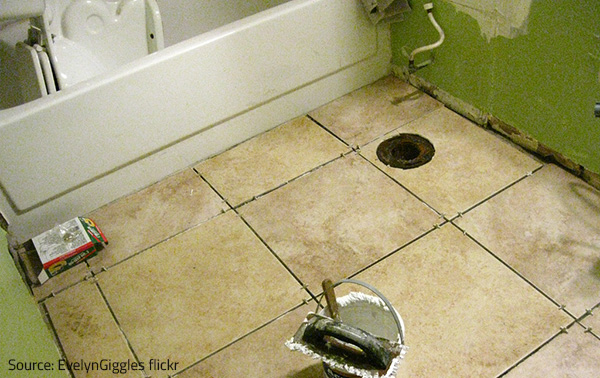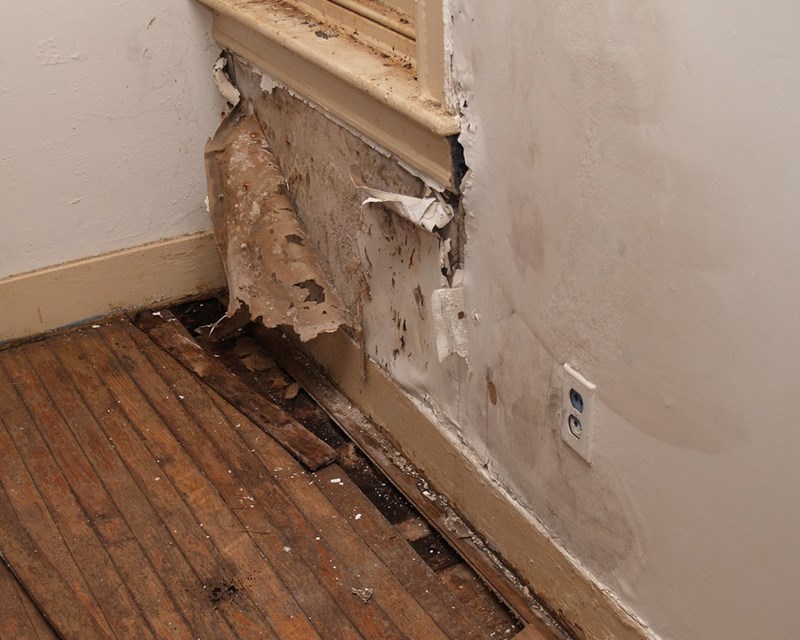Do you find yourself trying to locate info concerning Looking for Signs of Water Damage in the Bathroom?

The bathroom is exceptionally prone for moist buildup as well as possible water damages due to the regular use water in it. This post provides straightforward inspection techniques to aid discovering water damages risks.
The constant use of water in the bathroom makes it very vulnerable for damp accumulation as well as potential water damage. By examining it consistently, you can minimize water related problems.
The adhering to set of inspections is very easy to carry out and must be done when in every 3 months in order to keep your washroom in good shape and to stop prospective water damages brought on by the tub, the shower, pipe joints and also plumbing, sinks, cabinets, and also the bathroom
Do not neglect performing these examinations as well as be thorough while executing them. Bear in mind that these simple assessments can save you a great deal of money by giving early indications for water damage
Bath tub and Shower
The shower as well as bath tub call for special interest and also upkeep. Check the ceramic tiles as well as change if cracked. Ensure that there is no missing out on grout between the ceramic tiles. Evaluate and replace broken caulking at joints where the wall surfaces fulfill the floor or the bathtub. Blocked drains pipes as well as pipelines issues will certainly avoid the bath tub from drying as well as might suggest significant problems underneath the bathtub. Speak with a specialist quickly to stop structural damage. Take notice of discolorations or soft locations around the bath tub walls as they may show an internal leak.
Plumbing
Signs for water damages are hard to discover given that a lot of pipes are set up inside the wall surfaces.
Pay unique attention to flooring and walls wetness and also discolorations as they might indicate an invisible plumbing problem. Check wetness degrees in adjacent rooms as well.
Sinks as well as Cabinets
Sinks and also closets are exposed to wetness as well as moisture day-to-day and are usually overlooked. Examine on a regular basis under the sink as well as on the kitchen counter over it. Fix any drip in the trap as it may suggest drainpipe issues. Look around the sink, sluggish draining pipelines may suggest a blocked drain. Replace sink seals if they are cracked or loose.
The Toilet
The toilet is a vulnerable water joint. Examine the water lines and also search for leakages around the bathroom seat, in the hose pipe, and under the water container. If you find any type of indications of moisture on the flooring around the bathroom, check for leaks in the toilet edge as well as tank seals.
Know that hanging bathroom bowl antiperspirants boosts the possibilities for clogs.
Water Damage Signs In The Bathroom To Avoid Cleanup
Musty smell
This is one of the easiest signs to catch because musty smells are so odorous. The damp, earthy, moldy smell should be a big red flag. The smell will develop when moisture gets trapped in surfaces, and begins to facilitate mold growth. Leaking pipes under cabinets, inside walls, and behind shower fixtures will cause moisture to stay trapped and not dry, which will lead to mold growth and spread. As soon as you notice any musty smells in your bathroom, have it checked for hidden water damage and cleanup signs.
Visible mold
If the smell isn’t there to give it away, sometimes you will actually see mold growth. Finding mold in your bathroom is a serious problem, because mold is very harmful to your health. By the time mold growth is visible, it also means that water damage has already occurred and been present for some time. The only way the mold problem can be resolved is to find the source of the moisture and get it stopped. To safely and adequately remove mold, you need to have professionals handle the remediation. Do not waste any time in getting mold problems addressed, fixed, and sanitized so that you can protect you and your family from the many respiratory symptoms caused by mold exposure.
Damaged floors
Bathroom floors should be able to withstand some exposure to water while still remaining in good condition. However, when excess exposure or water leaks occur, they will begin to damage even the most water-resistant flooring. If you notice any cracking, bubbling, staining, or warping on your bathroom floors, there is probably a water leak somewhere causing the distortion. If you notice areas of the floor have become softer, or even have a spongy feeling, there is probably damage to the subfloor. Subflooring is typically made up of plywood. When plywood is exposed to water or moisture, it will absorb it. Once it has become saturated, the weight of the excess water will cause the wood to swell and soften. Check the floors in your bathroom frequently to catch any of these sings before they lead to damaged subflooring.
Changes on walls
When water leaks behind walls, it will cause changes in the drywall. Peeling plaster, blistering paint, and soggy wallpaper are all good indicators that excess water is building up behind the wall. Water leaking behind drywall will cause it to swell and be soft to the tough. If you start to notice gaps along the trim of your walls, or where tile meets the wall, it could also be a strong indicator that there is a leak behind the wall. Any changes, distortion, or damage on the walls should be evaluated as soon as you notice it to prevent further water damage and cleanup.

I was shown that report about Looking for Signs of Water Damage in the Bathroom through a friend on a different website. You should set aside a second to promote this article if you liked it. Thanks a lot for your time. Visit again soon.
Book Your Service
Comments on “Just how to Fix as well as Prevent Bathroom Water Damage”